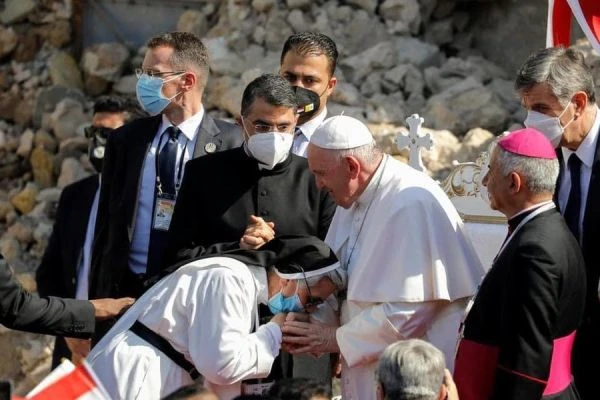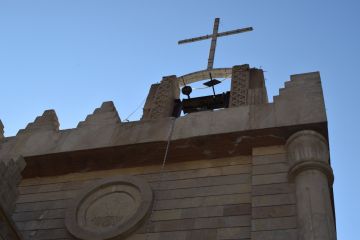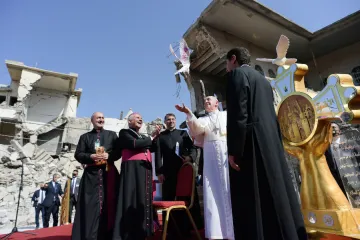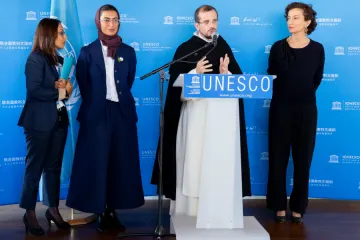ACI MENA, Jun 14, 2024 / 06:00 am
The fall of Mosul, Iraq, to ISIS in 2014 wasn’t the beginning of the struggle for the city’s Christians. Killings, abductions, and threats from armed groups had plagued the community since the 2003 invasion by U.S. military. Clergy and laypeople alike bore the brunt of the violence, with bombings targeting churches as well.
The situation reached a peak when security forces crumbled, failing to protect Mosul, Iraq’s second-largest city and the heart of Nineveh province. ISIS seized control on June 10, 2014, plunging Mosul’s Christians into the darkest period of their recent history. Today, they grapple with rebuilding their lives while demanding accountability and a future built on equity and justice.
In the wake of clashes and bombings between security forces and ISIS, Mosul’s residents were left to fend for themselves. Witness Nahed Abdul Ahad, interviewed by ACI Mena, CNA’s Arabic-language news partner, described the complete absence of security forces.
“Many families fled the city, particularly Christians,” Abdul Ahad said. “They feared the worst, especially after widespread reports of killings and torture by terrorists. Others clung to the hope that this was just a temporary security lapse.”








